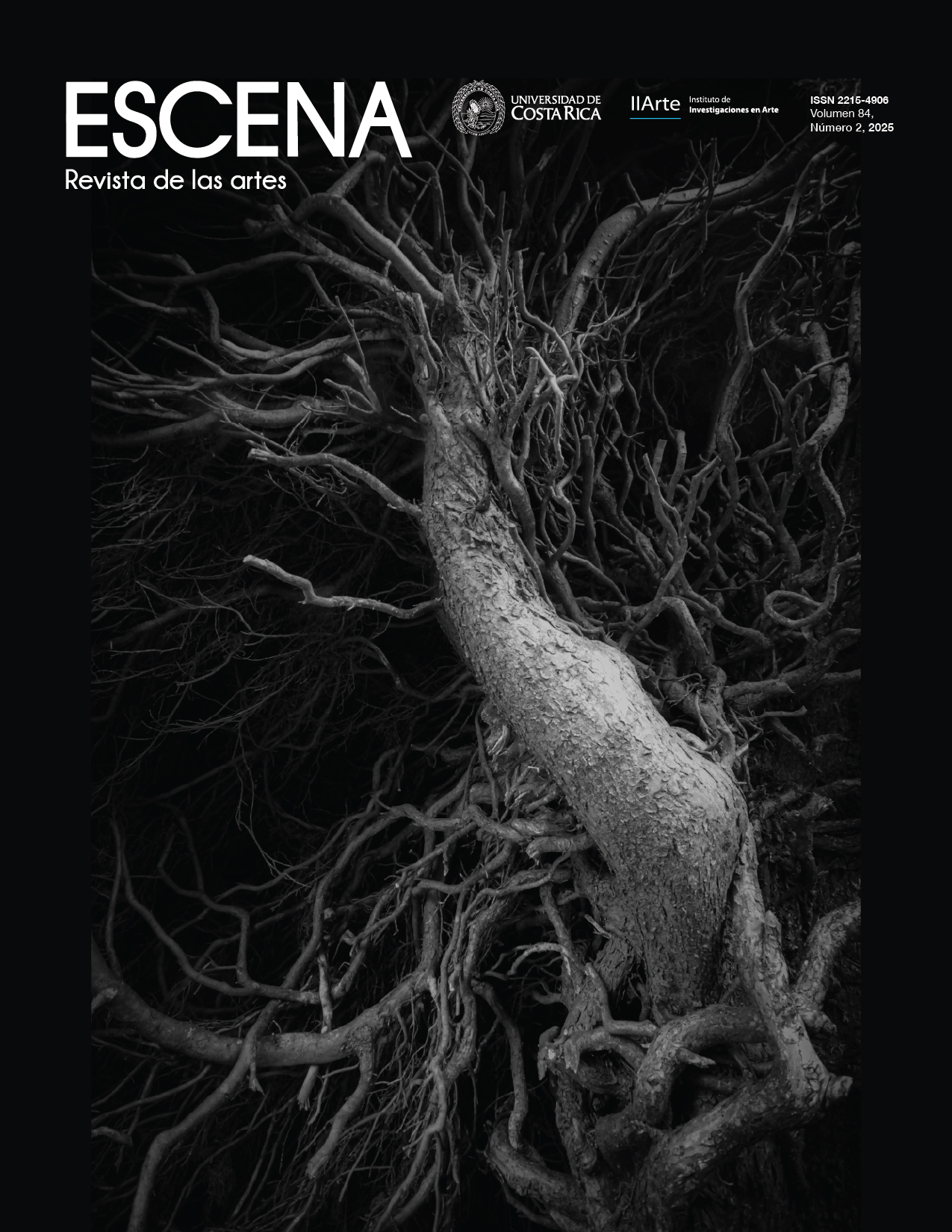Abstract
Introduction: This study provides information about an 18th century drawing and a 19th century German coin that may have served as models for the engraving of the standing indigenous woman in gold coins of Costa Rica (1850-1864). Objective: The study aims to identify the similarities between the female figures of both the drawing and the coin. In addition, it pretends to analyze the significance of the indigenous woman in the Costa Rican gold coins. Methods: For this purpose, a digital image of the drawing America by the Dutch artist Nicolaes Berchem was accessed. Besides, a Bavarian thaler silver coin from 1835 and a half-escudo gold coin of Costa Rica from 1855 were photographed. Based on the obtained images, a comparison of the female figures of the drawing and the coins was made. Conclusions: The similarities between Berchem’s drawing and the standing indigenous figure support the hypotheses that it served as a model. In addition, the thaler seems to have inspired the posture and other aspects found on its details. The symbolism of the indigenous woman evolved from representing a savage continent, rich in natural resources and open to colonization, to represent the liberty and the new government of Costa Rica.
References
Berchem, N. (1622-1683). Alegoría de América [Dibujo]. Museo Metropolitano de Arte, Nueva York, Estados Unidos.
Blaeu, J., & Blaeu, W. (1662). Atlas Major, sive Cosmographia Blaviana. Blaeu & Blaeu Amsterdam.
Brisset-Martín, D. E. (2012). Los símbolos del poder. Gazeta de Antropología, 28(2), 1-37. http://www.gazeta-antropologia.es/?p=108.
Bustamante, J. (2017). América y sus alegorías: India Caníbal, India de la Libertad, Matrona Romana. Los avatares de un símbolo. En C. Bernard, E. Franca-Paina, & C. Salazar-Soler (Eds.), Serge Gruzinski, le passeur perseverant (pp. 351-362). CNRS Éditions.
Chacón-Hidalgo, M. (2000). Del Estado a la República. Las monedas y la política de Costa Rica (1821-1850). Banco Central de Costa Rica.
Chicangana-Bayona, Y. A. (2010). La India de la libertad: de las alegorías de América a las alegorías de la patria. Argos, 27(53), 145-163. https://ve.scielo.org/scielo.php?script=sci_arttext&pid=S0254-16372010000200007
Decreto 147 de 1848. Por el cual designa cuáles deben ser el pabellón nacional y el escudo de armas de la República. Septiembre 29 de 1848. N° 26.
Detsi-Diamanti, Z. (2006). Politicizing aesthetics: the politics of violence and sexuality in colonial and revolutionary representations of America as an Indian woman. The AnaChronisT, 12, 61-78. https://doi.org/10.53720/CRWR9080
Earle, R. (2011). La iconografía de la independencia en la Nueva Granada. En H. C. Stevenson, & A. Heisel-Roca (Eds.), Simposio sobre la historia de Cartagena: La ciudad en la época de la Independencia, 1809-1821 (pp. 561-598). Banco de la República.
Konig, H. J. (2014). La función de las imágenes en el proceso de construcción de las naciones latinoamericanas. En C. Shuster (Ed.), La nación expuesta. Cultura visual y procesos de formación de la nación en América Latina (pp. 1-28). Editorial Universidad del Rosario de Bogotá.
León-Saénz, J. (2002). Evolución del comercio exterior y del transporte marítimo de Costa Rica 1821-1900. Editorial de la Universidad de Costa Rica.
Molina, F. (1849). Brief Sketch of the Republic of Costa Rica. P. P. Thombs.
Murillo, J. (2004). Historia de las monedas de Costa Rica: catálogo numismático. Editorial de la Universidad Estatal a Distancia.
Oviedo-Salazar, M. G. (2015). La supervivencia de una alegoría: América como independiente, comerciante y civilizada. ESCENA. Revista de las artes, 75(1), 69-87. https://revistas.ucr.ac.cr/index.php/escena/article/view/22582
van der Krogt, P. (2006). Joan Blaeu, Atlas Major of 1665. Hispania, Portugallia, America & Africa. Taschen.
Vargas-Zamora, J. A. (2008). A 160 años de la fundación de la República de Costa Rica: sus primeras monedas de oro (1850-1864). Revista Herencia, 21(1), 89-120. https://revistas.ucr.ac.cr/index.php/herencia/article/view/10053
Vargas-Zamora, J. A. (2014). Una encina (Quercus sp.) en monedas y billetes de Costa Rica (1848-1948). Reflexiones, 93(2), 35-53. https://doi.org/10.15517/rr.v93i2.17871
Vargas-Zamora, J. A., & Chacón Hidalgo, M. B. (2016). Del genio a las indias: medallas y monedas proclamaron nuevos gobiernos en Costa Rica (1821-1850). Reflexiones, 95(1), 51-71. https://doi.org/10.15517/rr.v95i1.27653
Vargas-Zamora, J. A., & Chacón Hidalgo, M. B. (2022). Escasez de moneda, monedas provisionales, resellado de extranjeras y emisiones de la República de Costa Rica (1821-1848). Herencia, 35(1), 12-43. https://doi.org/10.15517/h.v35i1.49877
Zukas, A. (2018). Class, imperial space, and allegorical figures of the continents on early-modern world maps. Environment, Space, Place, 10(2), 29-62. https://www.academia.edu/41393524/_Class_Imperial_Space_and_Allegorical_Figures_of_the_Continents_on_Early_Modern_World_Maps_
##plugins.facebook.comentarios##

This work is licensed under a Creative Commons Attribution-NonCommercial-NoDerivatives 4.0 International License.
Copyright (c) 2025 José A. Vargas Zamora



